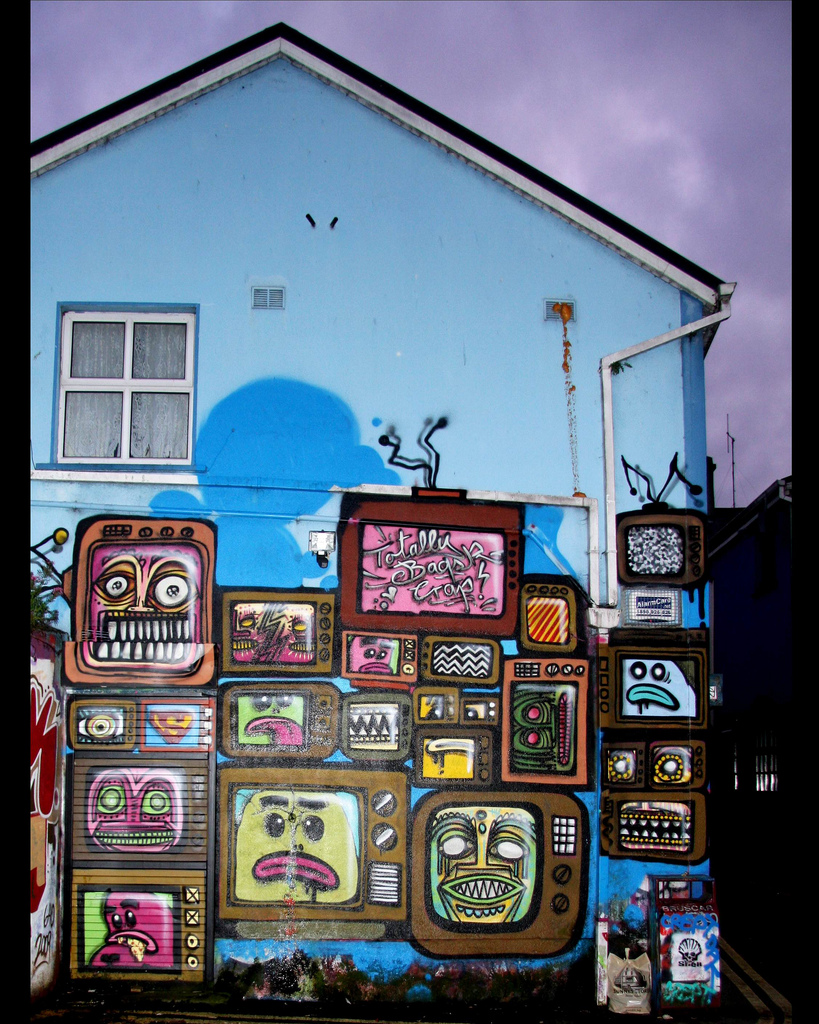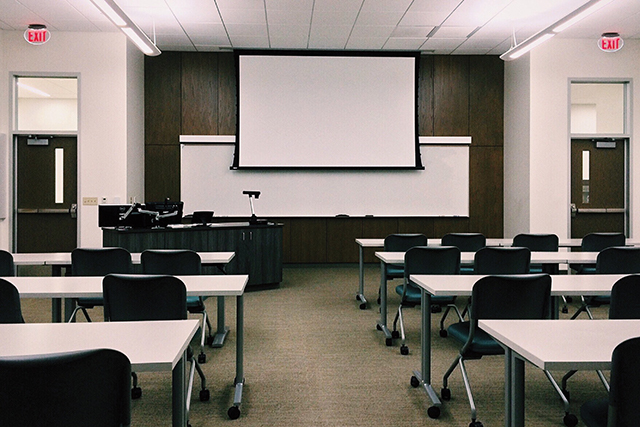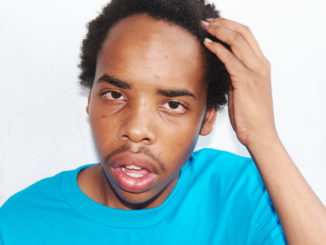
Reality shows have been around for generations, dating back to Victorian-style Big Brother. We already know their purpose: entertainment. We know how the concepts are put together: mostly for the exploitation of participants.
But why does it work? How does something based so heavily on people with free will seem to work every time? Simple, the science behind reality TV is based upon the theory that every contestant is unreliable.
Game theory dates back to the 1700s and, while it can get quite technical, it basically tries to explain how and why people take risks, negotiate and make decisions. The unscientific masses might be familiar with the concept of Russell Crowe’s portrayal of philosopher John Nash in ,‘A Beautiful Mind’.
Reality shows like ‘The Biggest Loser’, ‘Survivor’ and even ‘Big Brother’ are based solely around the question of whether or not it’s worth taking the risk of working together with the other contestants. Should alliances be formed or is it better for an individual to double-cross for personal gain?
That’s where game theory comes in. It is a system for reasonably determining the best outcome for all contestants, which, of course, involves some co-operation.
The simplest, and possibly one of the most original examples of this is the ‘prisoner’s dilemma’. Two prisoners are arrested and placed in solitary confinement. They are each told that if neither admits to anything, they will only get one year in prison due to a lack of evidence. If one testifies against the other, he will walk away free and the man he testified against is jailed for ten years. If they both testify against the other, they’ll each get five years. The obvious choice would be to say nothing and both will benefit, but the risk lies where neither prisoner can trust the other.
Reality shows have the same premise and it works every time. We can all see the right answer, but they can’t, and the decision-making process of risk versus gain creates the drama that reality shows need to survive.
This was recreated in a science experiment at Massachusetts Institute of Technology (MIT). The researchers’ aim was to humanise scientists and throw them into problem-solving challenges, all on camera.
George Zaidan, MIT alumnus and director of the filming, spent three and a half weeks following the students around as they attempted to grow crystals in a lab, in the hope of gaining research jobs at the end.
Emily Yau, one of the participating students, said strategic teams and alliances were formed among students, noting one particular day with a prize of dinner at Legal Sea Foods with the professor, the teaching assistants, and two friends of the winner’s choice. Yau said there was “a ton of drama in there that you wouldn’t really expect,” as students teamed up to help win the dinner or get an invitation to it.
Unfortunately, awareness of the game theory cannot stop our natural instincts during decision-making. But at least we might have an idea what the other person is thinking.
Jenny Darmody
Image Credit: Mr. Draned via Flickr Creative Commons




Leave a Reply